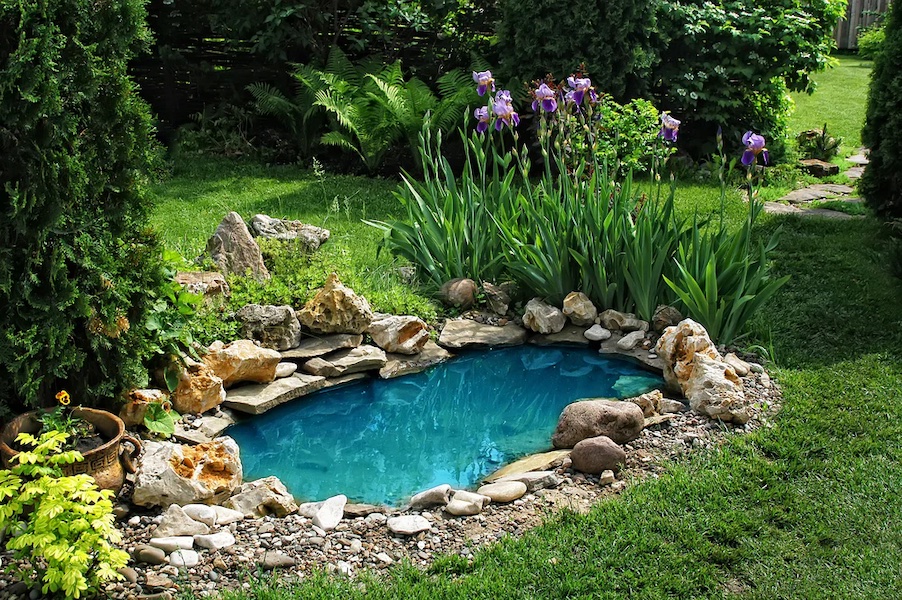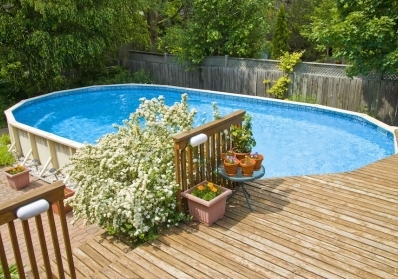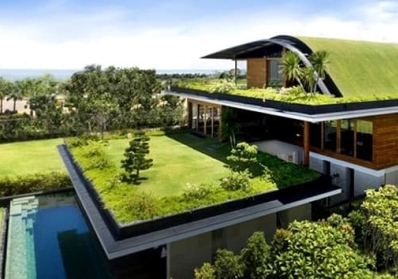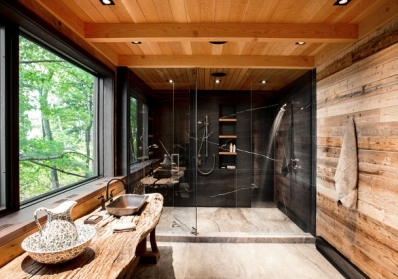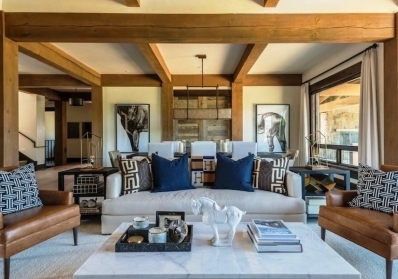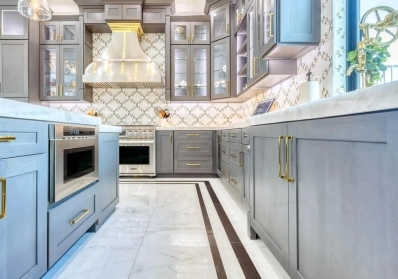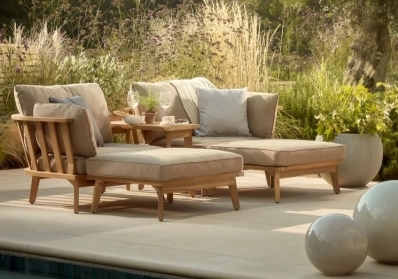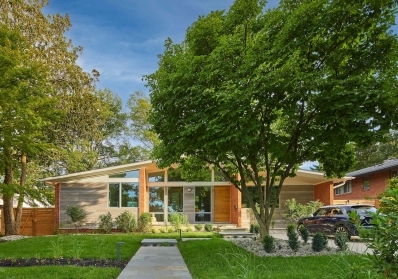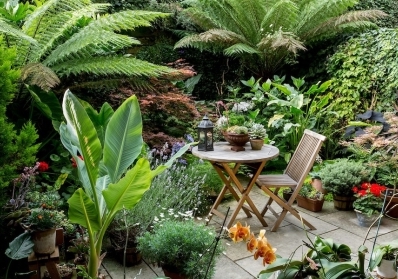The gentle shimmer of water, the soothing sounds of trickling cascades, and the vibrant life it attracts – a garden pond can transform your backyard into a tranquil oasis. While elaborate water features can be costly and complex, creating a simple yet stunning pond yourself is surprisingly achievable. As a house designer who believes in enhancing outdoor spaces with natural beauty, I'm excited to share some inspiring and easy-to-implement DIY garden pond ideas that will bring a touch of magic to your backyard.
Why Add a DIY Garden Pond? The Benefits of Backyard Bliss:
Even a small garden pond can offer a wealth of benefits:
- Enhanced Aesthetics: Water introduces a dynamic and visually appealing element to your landscape.
- Attracting Wildlife: Ponds become havens for birds, butterflies, dragonflies, and even beneficial amphibians.
- Soothing Sounds: The gentle murmur of water can create a relaxing and peaceful ambiance.
- A Touch of Nature: It brings a slice of the natural world right to your doorstep.
- A Fun and Rewarding DIY Project: Creating your own pond is a satisfying and engaging endeavor.
Simple Pond Ideas with Big Impact:
Here are some straightforward DIY garden pond ideas to get your creative juices flowing:
1. The Container Pond: Instant Water Feature
Perfect for small spaces like patios, balconies, or even tucked into a corner of your garden.
- What you'll need: A large, watertight container (think galvanized tubs, ceramic pots, even repurposed livestock troughs), pond liner (if the container isn't naturally waterproof), aquatic soil, pond plants (submerged, floating, and marginal), and decorative elements like rocks and gravel.
- How to do it: Choose your container and ensure it's stable and level. If needed, line it with pond liner, carefully folding and securing any excess. Add a layer of aquatic soil, then plant your chosen aquatic plants. Fill the container with dechlorinated water. Decorate the edges with rocks and gravel to create a natural look and provide perches for wildlife.
2. The Pre-Formed Pond: Easy Installation, Instant Shape
Pre-formed plastic ponds come in various shapes and sizes, making installation relatively simple.
- What you'll need: A pre-formed pond liner, sharp shovel, builder's sand, level, pond liner underlayment (optional but recommended), aquatic soil, pond plants, and decorative rocks.
- How to do it: Dig a hole that closely matches the shape and depth of your pre-formed liner, ensuring it's level. Add a layer of builder's sand to the bottom of the hole and compact it. Place the underlayment (if using) in the hole, followed by the pre-formed liner. Gradually backfill around the liner with soil, ensuring it remains level. Add aquatic soil, plant your chosen plants, and fill with dechlorinated water. Camouflage the edges with rocks and planting.
3. The Flexible Liner Pond: Custom Shape, Endless Possibilities
Using a flexible pond liner allows you to create a pond in any shape and size you desire.
- What you'll need: Flexible pond liner (EPDM is a popular durable choice), pond liner underlayment, sharp shovel, builder's sand, level, edging material (rocks, logs, paving stones), aquatic soil, pond plants, and decorative elements.
- How to do it: Mark out the desired shape and size of your pond. Excavate the area to the desired depth, ensuring the sides slope gently. Remove any sharp objects that could puncture the liner. Line the excavated area with a layer of builder's sand and then the pond liner underlayment. Carefully lay the flexible liner over the underlayment, allowing for plenty of overlap around the edges. Secure the edges of the liner with your chosen edging material. Add aquatic soil, plant your chosen plants, and fill with dechlorinated water. Trim any excess liner once the pond is full.
Adding the Finishing Touches for a Stunning Look:
- Planting: Choose a variety of aquatic plants, including submerged oxygenators, floating lilies, and marginal plants for the edges. This creates a balanced ecosystem and adds visual interest.
- Rockwork: Use natural rocks of varying sizes to create a natural-looking border, hide the liner edges, and provide perches for wildlife.
- Gravel: A layer of gravel on the bottom of the pond helps to anchor plants and provides a habitat for beneficial bacteria.
- Water Features (Optional): A small solar-powered fountain or a simple spillway can add movement and sound to your pond.
- Lighting (Optional): Underwater or submersible lights can illuminate your pond beautifully at night.
Essential Tips for a Healthy and Beautiful DIY Pond:
- Location, Location, Location: Choose a spot that receives a mix of sun and shade to prevent excessive algae growth. Avoid placing it directly under deciduous trees, as falling leaves can decompose and pollute the water.
- Dechlorinate Your Water: Tap water contains chlorine and chloramine, which are harmful to aquatic life. Use a dechlorinator before filling your pond.
- Introduce Plants Gradually: Allow your pond to establish for a few days before introducing plants.
- Maintain Water Quality: Regularly remove debris like fallen leaves and consider a small pump and filter system for larger ponds to keep the water clean and clear.
- Be Patient: It takes time for a pond ecosystem to establish and mature.
Creating your own garden pond is a rewarding way to connect with nature and add a unique focal point to your backyard. With a little planning and effort, you can transform even the simplest container or excavated space into a stunning water feature that will bring joy and tranquility to your outdoor haven.
